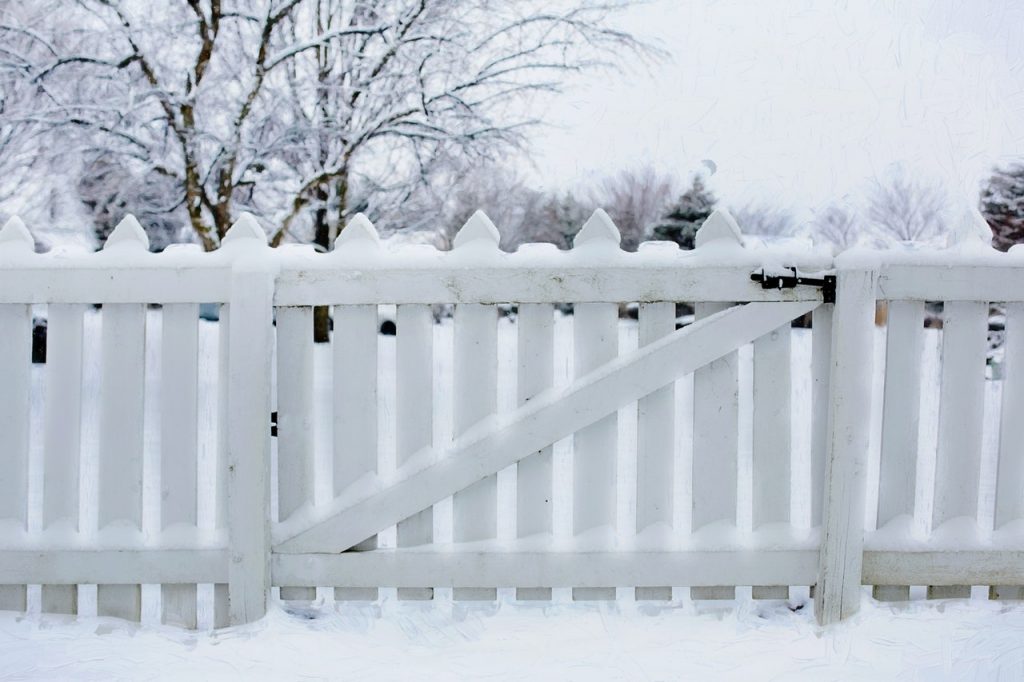When we think of fences, the classic white picket tends to come to mind first. While that particular style never loses its appeal, it no longer complements most modern homes today. We’ve now got tons of other materials and styles available, from iron to concrete.
Your choice of fences will define your abode’s overall curb appeal. Its design will set the tone for your entire home. As such, different kinds of homes need a distinct style of fencing. But other than aesthetics, fences should also provide superb security, which is its primary function.
For that reason, however, some fences look unappealing. If you’re not a design-savvy homeowner, you may easily forego aesthetics when shopping for a durable, high-security fence. Thus, this article will help you consider both appeal and function as you choose the right fence for the specific style of your dwelling.
1. Cedar
Cedar has been a popular fencing choice for ages. It never warps or shrinks, has a tight grain, fewer knots, and a unique red hue. This material suits any kind of home, be it traditional, modern, or a mix of both. In a traditional home, it would look great as the classic picket, lattice, or a pallet style for a touch of rustic and modernity. In a modern home, on the other hand, cedar would look best paired with metal, and installed in either horizontal or vertical slats.
On the flip side, cedar isn’t as impervious to the soil as other types of wood. It will likely degrade after a long period. But you can maintain its pristine condition for longer by using a concrete base or a treated wood base.
2. Vinyl
Vinyl is on the modern side, as it is a relatively new material. “Virgin” vinyl is the most durable type, with some boasting a lifetime guarantee. This material can still suit traditional-style homes, though. Because it mimics wood, you can have it customized to picket fences. And needless to say, vinyl is perfect for modern and contemporary homes. You may install them vertically or horizontally, and also combine them with metal.
Once you’ve installed vinyl, you don’t have to concern yourself with heavy maintenance. Just wash of its dirt with a mild detergent, and rinse using your garden hose.
3. Composite
Composite fencing provides a wood look, minus the downsides. As such, it won’t degrade to insects and rot to the elements. The price point a little higher than vinyl and cedar, though, and it requires professional installation.
Be careful in selecting a composite supplier, because the material’s quality varies. Choose reputable sources such as trexfencingsrf.com to ensure that you’re getting the best. Once installed, high-quality composite fencing will require little maintenance. Just hose it down occasionally to remove dirt.
As for the style, composite is also very versatile. It fits both traditional and modern homes and can be customized to your liking. And because it delivers a wood look, it will complement rustic and coastal homes.
4. Metal
Metal is highly versatile as well, ranging from classic to contemporary styles. In palatial estates, wrought-iron gates and fences are usually the ones gracing the perimeters. In smaller properties, horizontal or vertical metal slats are the common sight. The material is a popular choice in minimalist-style homes, commercial properties, and industrial settings.
You can also add a twist to metal fences by choosing a perforated type. Consider installing the sheets in a basket weave pattern; the extraordinary results will definitely grab attention.

5. Concrete
If you prioritize privacy and security, concrete will serve those best. The material is popular in industrial-style homes, with its manly and utilitarian appeal. But concrete can be stylish too. A few geometrical lines will do the trick, providing more texture and dimension to the otherwise flat look of concrete.
6. Bamboo
In huge gardens or some traditional-style homes, the bamboo fence provides an organic appeal and decent privacy. The varying tones of each bamboo piece give the fence a worn-out but charming look. That’s why it’s perfect for serene landscaped gardens.
7. Privacy Hedge Green Wall
Like bamboo, hedge walls also give off an organic appeal, but it’s harder to maintain. Cultivating a green wall could take years, and once it’s fully developed, it would require frequent watering. While creating a hedge, you’d need to install a temporary barrier, like a picket fence or wire. But once your hedge is done, it would cool the air around your exteriors, and add a luxurious touch to your home.
A privacy hedge green wall doesn’t require a specific style of home to look good. And most of all, it’s inexpensive.
These seven great fence materials will give you an idea of what would look best for your dream home. Take your pick carefully, because it’s your fences that will make a statement in your neighborhood.







